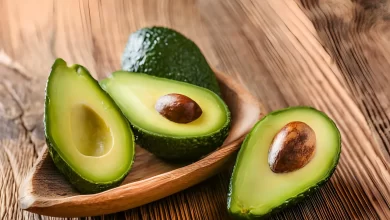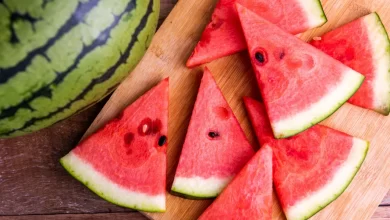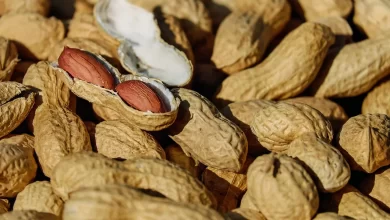Ginger is considered one of the oldest medicinal foods. It’s no surprise that ginger has been used by ancient Chinese and Indian physicians for thousands of years, given the herb’s origins in Southeast Asia. Ginger is described as a “universal excellent medicine” in Ayurvedic scriptures. “Everything good is found in ginger,” according to an old Indian saying. Ginger, according to Chinese medicine, “restores destroyed yang” and “expels cold.” So let’s dive into the world of ginger with these 20 Interesting Facts About Ginger.
- Ginger can be traced back to 5000 years in India and China, where it was used as ayurvedic medicine.
- Many culinary recipes list ginger as an herb, while others classify it as a spice. Some people refer to dried ginger powder as a spice, while others refer to the fresh root as an herb.
- Ginger is a tropical plant that originated between India and Malaysia. It is now grown extensively in India, Jamaica, Sierra Leone, Nepal, Thailand, Nigeria, Malaysia, Southern China, and Japan.
- The five major ginger producing countries are -:
• China – 396.60 thousand tons
• India – 385.33 thousand tons
• Nepal – 210.79 thousand tons
• Thailand- 172.68 thousand tons - India continues to be the world’s largest ginger consumer, accounting for 43 percent of total world volume.
- The Indian State of Assam is the number 1 state in the country for producing most of the ginger with about 167.39 metric tonnes and constituting 17.5 % of India’s total output of this crop.
- Ginger comes in an amazing variety of shapes and sizes. There are Nearly 1,600 species of ginger grown worldwide.
- Ginger, Turmeric, Tavaksira, and Cardamom belong to the family Zingiberaceae. This family consists of 56 genera and more than 1,300 species.
- Ginger takes 210-240 days to reach full maturity after planting. Ginger harvesting for vegetable uses begins after 180 days, depending on demand. The matured rhizomes are picked at full maturity, i.e., when the leaves turn yellow and begin to dry.
- It contains gingerol, which is a powerful anti-inflammatory and has other medicinal properties too.
- The crop thrives best in warm and Humid Climates.
- Ginger plants can grow to about 2 to 3 feet tall.
- A well-managed crop yields 15 to 20 tonnes of ginger rhizomes per hectare.
- Ginger has numerous health benefits, some of which are -:
• It helps Digestion by Speeding up the digestion process.
• Improves Immunity
• Aids In Weight Loss
• Improves Skin health by increasing blood circulation
• Improves Heart Health as it acts as a blood thinner.
• Improves Brain Function
• It helps in regulating blood sugar - When the ancient Romans traded with India in the first century, Europe encountered ginger for the first time. When Rome fell, Europe forgot about ginger until Marco Polo returned from his journey to the East and brought it back.
- Some varieties of ginger are Aswathy, Athira, Himgiri, IISR Rajatha, IISR-Mahima, IISR-Varada, Karthika, Maran, Nadia, Suprabha, and Suruchi.
- Ginger has a different name in Different language For Instance
• Spanish: gengibre; Jengibre; jenjibre dulce; kion.
• Chinese: Jeung, Sang Keong, Chiang, Jiang, Keong, Shen Jiang
• Hindi: Adi, Adrack (fresh), Sonth (dried)
• Sanskrit: Adraka (fresh), Shunthi (dried), Nagavi
• Indonesian: Jabe, Aliah, Jae, Lia
• Vietnamese: Ung, Sinh Khuong
• Malayalam: Inchi (fresh/plant), Chukku (dried) - In the culinary, there are about six forms of ginger which are Raw Ginger, Dried ginger, Pickled Ginger, Preserved ginger, Crystallized ginger, Ground Ginger, and Ginger oil.
- When ginger is pickled with vinegar, it turns pink and reddish.
Nutrition Facts of Ginger
Here are the nutrition facts about quarter-cup of sliced, fresh ginger
- Calories: 19
- Protein: Less than 1 gram
- Fat: Less than 1 gram
- Carbohydrate: 4 grams
- Fiber: Less than 1 gram
- Sugar: 0 grams






